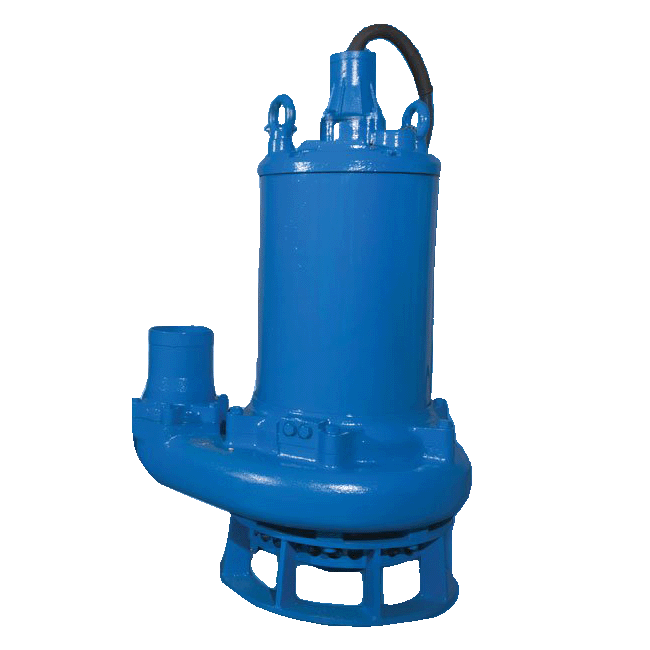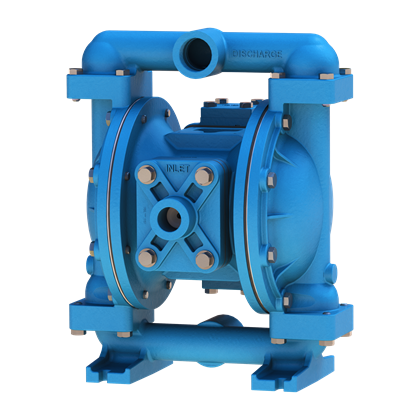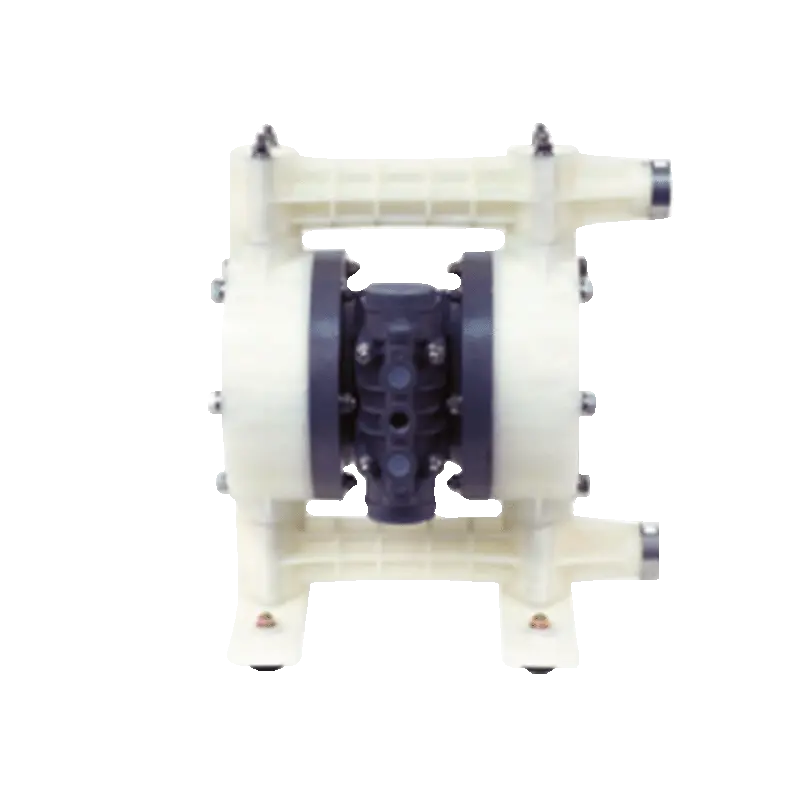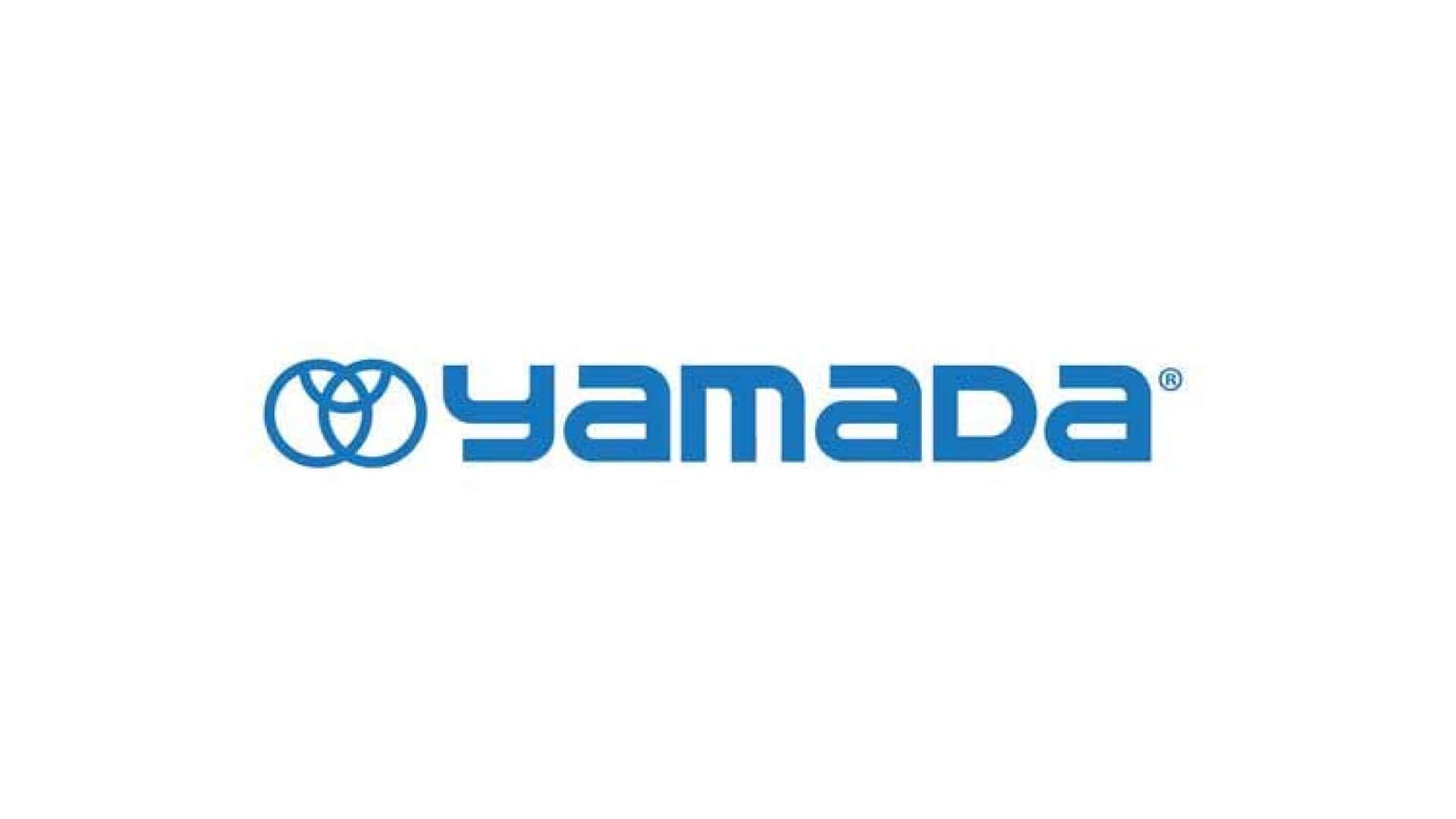Industries / Food & Beverage / Beverages
Enhance output at beverage facilities
Optimize production processes with fluid-handing, rotating equipment that ensures precise mixing, controlled blending, efficient bottling, and accurate filling, resulting in consistent flavor profiles, homogenous texture, minimized product waste, and improved overall efficiency. By achieving optimal processing conditions, beverage manufacturers can create a wide range of refreshing and enticing drinks that cater to diverse consumer preferences.
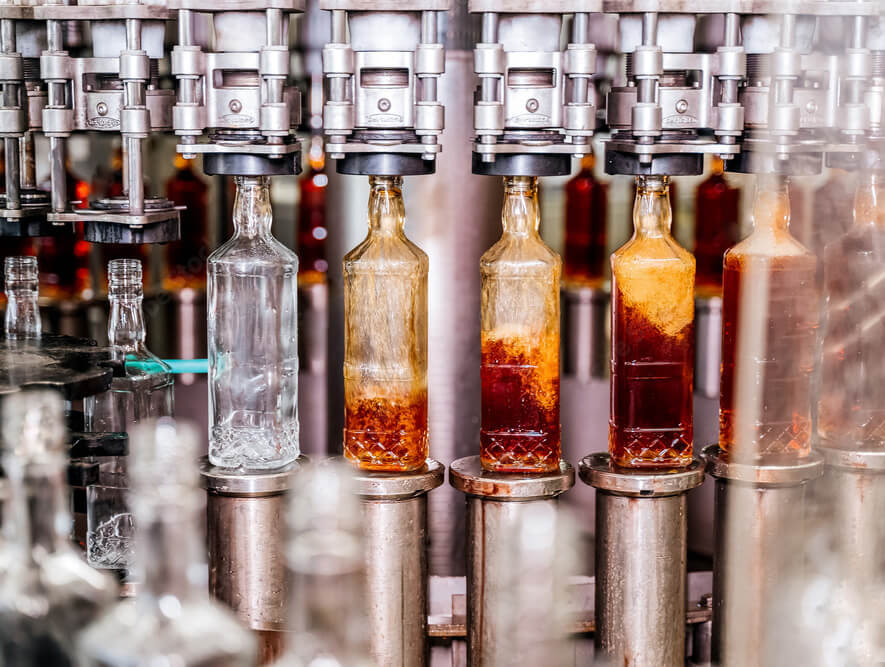
The Manufacturing Process
Create economies of scale across your system
Each of these stages requires specific types of industrial rotating equipment, and proper operation and maintenance of this equipment is crucial for the efficiency and productivity of the beverage industry.
Mixing & Blending
Ingredients must be mixed and blended together to create the beverage. This often involves the use of rotating mixers or blenders to ensure all ingredients are evenly distributed.
Milling & Grinding
For beverages that use ingredients like grains (beer) or coffee beans, these raw materials often need to be milled or ground into a fine powder or coarse grains. This process uses rotating mills or grinders.
Pumping
Throughout the production process, pumps are used to move liquids from one place to another, such as from a storage tank to a mixing tank, or from a brewing vat to a bottling line.
Heat Transfer
Many beverages require heating or cooling at various stages of production. Rotating equipment like agitators can be used in conjunction with jacketed vessels to ensure even heat distribution.
Fermentation
In the production of alcoholic beverages like beer or wine, the fermentation process is crucial. Fermentation tanks often use rotating agitators to keep the yeast in suspension and to ensure a consistent fermentation process.
Filtration & Centrifugation
To remove solids or to separate different components in a mixture, filtration or centrifugation steps may be required. These processes often involve rotating equipment like centrifuges or rotary drum filters.
Carbonation
For carbonated beverages, a carbonator – which can contain rotating parts – is used to dissolve carbon dioxide gas into the beverage.
Bottling & Canning
Once the beverage is ready, it needs to be packaged. This often involves rotating machinery like filling machines, capping machines, and labeling machines in the bottling or canning line.
Cleaning
Rotating spray balls and other rotating devices are often used in the cleaning of tanks and lines to ensure proper hygiene and sanitation.





